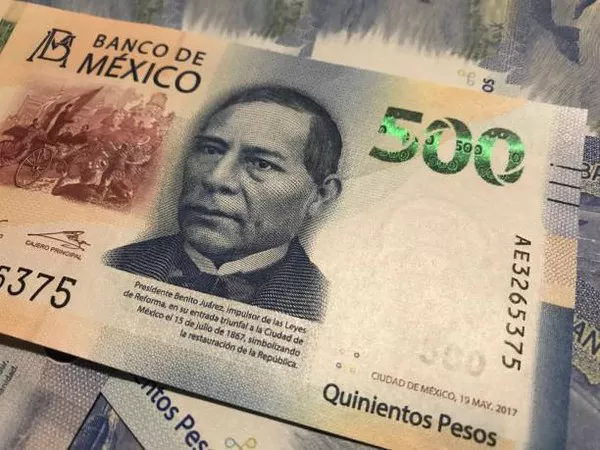The Mexican Peso (MXN) encountered resistance in its upward trajectory on Tuesday and pulled back, reflecting growing concerns about the fragmentation of international trade that could disproportionately impact export-based emerging-market economies like Mexico.
Against the US Dollar (USD), the MXN weakened following US data indicating heightened inflation expectations, which are anticipated to sustain elevated interest rates in the US, consequently attracting capital inflows to the Dollar.
The decline in the Mexican Peso was partially attributed to recent geopolitical developments affecting global economic growth. The International Monetary Fund (IMF) expressed concerns about the potential impact of trade fragmentation on economic integration, warning of a broad retreat from global trade norms driven by economic and national security considerations.
The US administration’s plans to implement additional protectionist measures, such as quadrupling tariffs on Chinese electric vehicles, further contributed to market uncertainties and risk aversion. Moreover, recent bilateral agreements between countries like India and Nigeria to settle trade using domestic currencies instead of the US Dollar are indicative of shifting trade dynamics, particularly aimed at circumventing Western sanctions.
The MXN’s retreat against the USD was amplified by US inflation expectations, highlighted by the New York Survey of Consumer Expectations, which reported a rise in consumer inflation expectations for the year ahead to 3.3% in April. This reinforces the view of sustained inflationary pressures and reduces expectations of near-term interest rate cuts by the Federal Reserve (Fed), thereby favoring the USD due to anticipated higher interest rates attracting foreign capital inflows.
The outlook for the Mexican Peso remains sensitive to global trade dynamics and US economic indicators, with investors closely monitoring geopolitical developments and inflationary trends for potential impacts on currency valuations and market sentiment.


